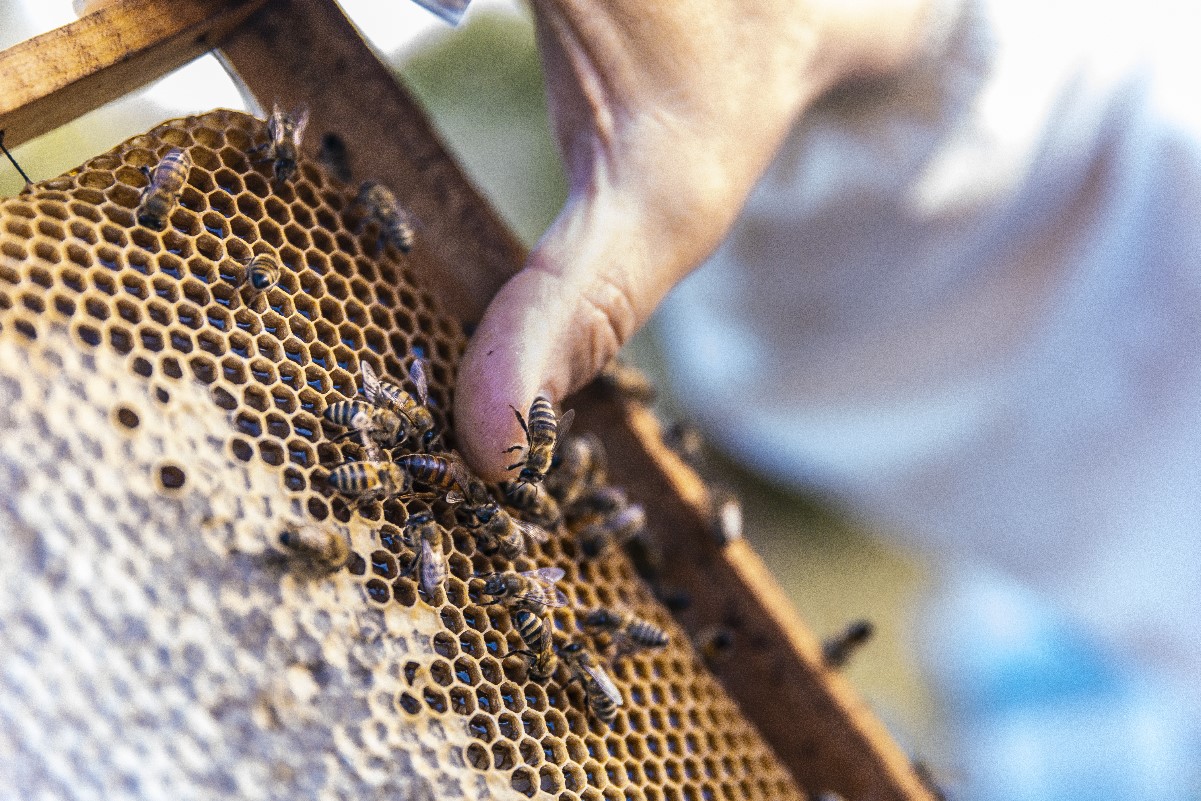
The garden mason bee is an example of an insect that can help us wonderfully with the pollination of garden flowers. Additionally, it is not dangerous, because it does not sting, but it is also easy to breed. You only need to provide her with a suitable shelter – a house for the winter. How to make a house for wild bees? Here are some ideas.
Introducing a garden honeybee into your yard is a great way to deal with the dwindling numbers of honeybees, wasps, bumblebees and other pollinating insects, especially if you are hoping to harvest fruit and vegetables. Here’s a handful of useful knowledge about the mason bee, which:
The basis for the nesting of honey bees in your garden is to provide a place where they can make their nests. Sometimes, they can appear by accident. The chances of their appearance are definitely greater for people who buy or make a specially prepared house for bees. The insects themselves can also appear in it spontaneously, but it is easier to buy reed tubes with cocoons inside. They are usually available twice a year – in autumn and in late winter and early spring. You often have to sign up in advance to obtain them.
On the market, if only in online stores, you can buy ready-made houses for bees and other beneficial insects. Sometimes we get them together with tubes and cocoons with larvae. You can also make one yourself. You will need:
The construction of a bee house is nothing difficult. It is enough to make a box out of boards and divide it into as many parts as many different kinds of shelter for bees and other insects you want to prepare in it. The whole can be covered with a more or less decorative roof. The depth should be such that you can freely fit in it tubes with cocoons about 20 cm long and with some reserve
If we want to put a hollow brick inside, we should also make sure that it fits. The box forming a bee house should be sealed at the back with a board, but it is very important to secure the front. Without it, the tubes with the cocoons can be destroyed by birds. It is for this reason that protection made of aviary netting is important. It is best to choose a galvanized one, but a plastic one should also pass the test.
Different types of filling for the insect house, such as moss, chopped clay or pieces of birch wood, will contribute to the nesting of different types of beneficial insects. Some of the most coveted are ladybugs, which help to fight the nuisance of vegetable beds and gardens, namely aphids. Bumblebees and predatory goldfinches can also make an appearance.
It is best to choose an optimal location that is protected from driving rain and frosty winds. Usually, sunny places on the south side are a good choice. Sometimes small houses can be hung under the eaves or somewhere close to the house.